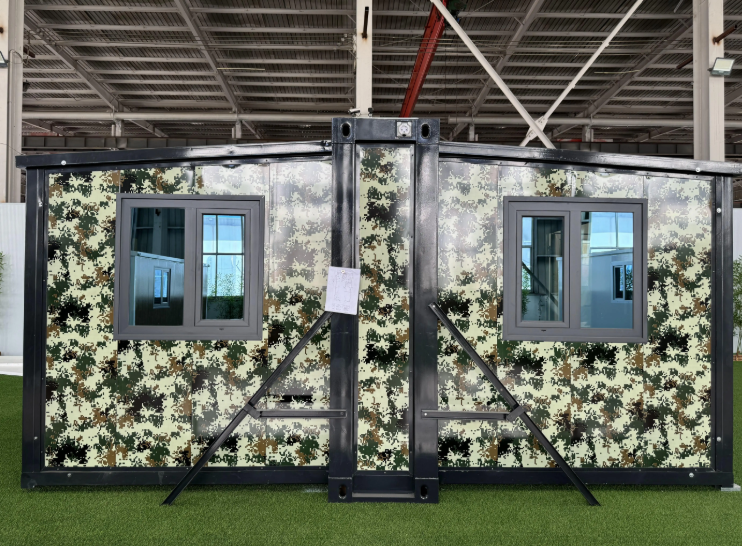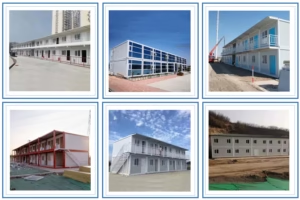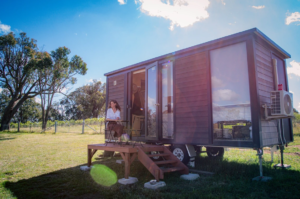Container houses and prefabricated houses are both types of temporary structures. They serve as living spaces, offices, or other functional uses. Their production processes differ, leading to varying unit prices.
Container houses, also called container activity houses or residences, feature doors, windows, and complete indoor facilities. They are often used as migrant worker dormitories, on construction sites, or in daily life.
These houses are produced in two ways. One method transforms sea freight containers directly. The other involves designing the top and bottom in factories, using load-bearing columns to create a framework. Walls are then assembled with color steel sandwich panels. The second method is more common.
Activity board houses are temporary buildings made by quickly assembling sandwich color steel plates or similar materials. They are simple to construct, flexible, and easy to dismantle or relocate. They can be customized for temporary or semi-permanent use.
However, activity board houses often have poor insulation and soundproofing. They are commonly used for temporary housing, construction site offices, disaster recovery, or exhibition halls.



